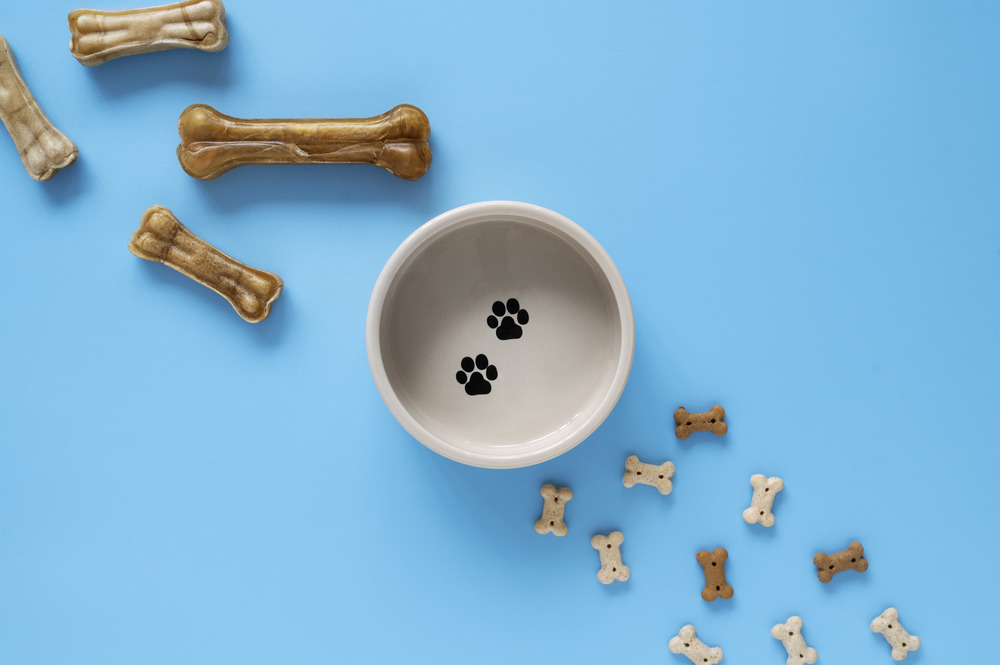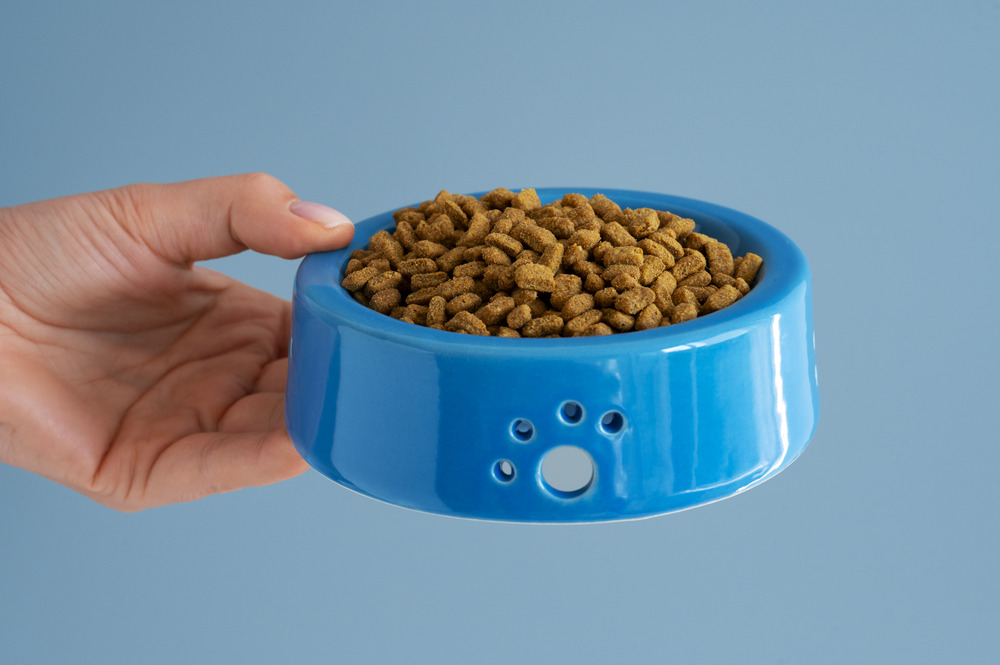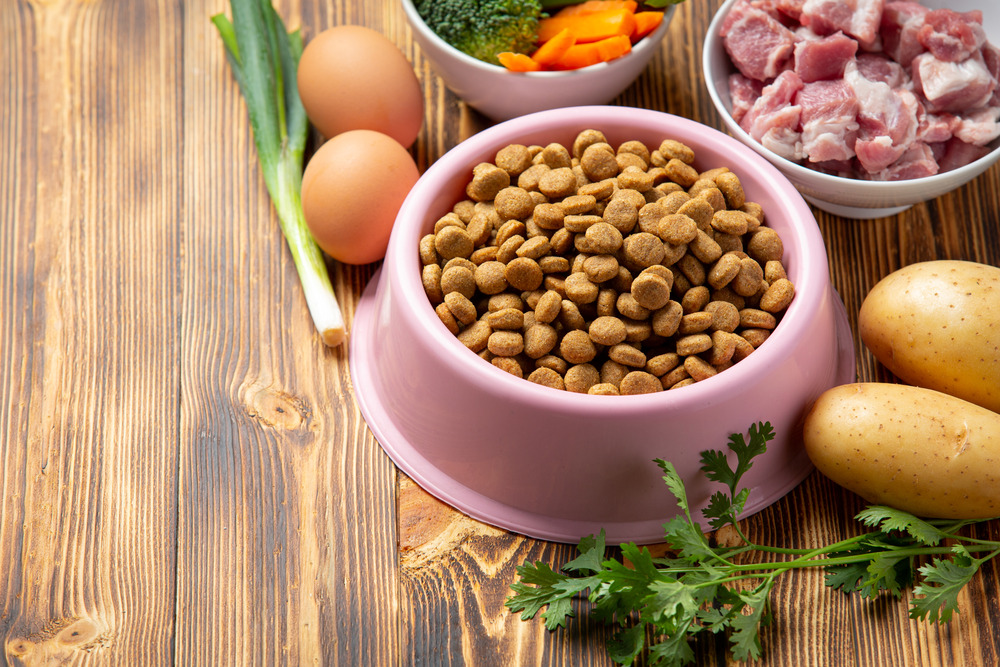As pet owners, we often find ourselves wondering about the best ways to keep our furry friends healthy and happy. One of the most crucial aspects of pet care is understanding their nutritional needs, which can vary significantly at different life stages. Just like humans, pets have unique dietary requirements that change as they grow, age, and experience different life events. In this blog, we will explore the nutritional needs of pets at various life stages, backed by rich statistics and clear tables, to help you make informed decisions for your beloved companions. 🐾

Puppies and Kittens: The Early Days
During the early stages of life, puppies and kittens experience rapid growth and development. Their nutritional needs are significantly higher than those of adult pets. According to the Association of American Feed Control Officials (AAFCO), puppies require about 22% protein and 8% fat in their diet, while kittens need around 30% protein and 9% fat. This high protein content supports their growth, muscle development, and overall health.
Nutritional Breakdown for Puppies and Kittens
| Nutrient | Puppies (per 100g) | Kittens (per 100g) |
|---|---|---|
| Protein | 22g | 30g |
| Fat | 8g | 9g |
| Carbohydrates | 30g | 25g |
| Fiber | 2g | 1g |
As you can see from the table above, both puppies and kittens require a diet rich in protein and fat to support their growth. It's essential to choose high-quality pet food that meets these requirements. Brands like Royal Canin and Hill's Science Diet offer specialized formulas for young pets.
Adult Pets: Maintenance Mode
Once your pets reach adulthood, their nutritional needs shift. Adult dogs typically require about 18% protein and 5% fat, while adult cats need around 26% protein and 9% fat. This change reflects a decrease in energy expenditure as pets become more stable in their growth and activity levels.
Nutritional Breakdown for Adult Pets
| Nutrient | Adult Dogs (per 100g) | Adult Cats (per 100g) |
|---|---|---|
| Protein | 18g | 26g |
| Fat | 5g | 9g |
| Carbohydrates | 50g | 30g |
| Fiber | 4g | 2g |
Maintaining a balanced diet is crucial for adult pets to prevent obesity and other health issues. Regular exercise and portion control are also essential. You can find a variety of adult pet food options at PetSmart and Chewy.
Senior Pets: Special Considerations
As pets age, their metabolism slows down, and their nutritional needs change once again. Senior dogs generally require about 15% protein and 5% fat, while senior cats need around 25% protein and 8% fat. It's important to focus on easily digestible ingredients and supplements that support joint health and cognitive function.
Nutritional Breakdown for Senior Pets
| Nutrient | Senior Dogs (per 100g) | Senior Cats (per 100g) |
|---|---|---|
| Protein | 15g | 25g |
| Fat | 5g | 8g |
| Carbohydrates | 55g | 30g |
| Fiber | 5g | 3g |
Incorporating joint supplements and omega fatty acids can be beneficial for senior pets. Brands like Purina Pro Plan and Blue Buffalo offer specialized diets for older pets that cater to their unique needs.
Conclusion
Understanding the nutritional needs of your pets at different life stages is vital for their overall health and well-being. By providing the right balance of nutrients, you can help your furry friends thrive, whether they are playful puppies, energetic adults, or wise seniors. Remember to consult with your veterinarian to tailor a diet that best suits your pet's individual needs. 🐶🐱
In summary, here’s a quick recap of the nutritional needs across different life stages:
| Life Stage | Protein Requirement | Fat Requirement | Key Considerations |
|---|---|---|---|
| Puppies | 22% (dogs) / 30% (cats) | 8% (dogs) / 9% (cats) | High protein for growth |
| Adults | 18% (dogs) / 26% (cats) | 5% (dogs) / 9% (cats) | Balanced diet, weight management |
| Seniors | 15% (dogs) / 25% (cats) | 5% (dogs) / 8% (cats) | Joint health, easy digestion |
By keeping these guidelines in mind, you can ensure that your pets receive the best possible nutrition throughout their lives. For more information on pet nutrition, check out resources like The Pet Food Institute and American Kennel Club. Your pets will thank you with wagging tails and purring cuddles! 🐕❤️🐈




